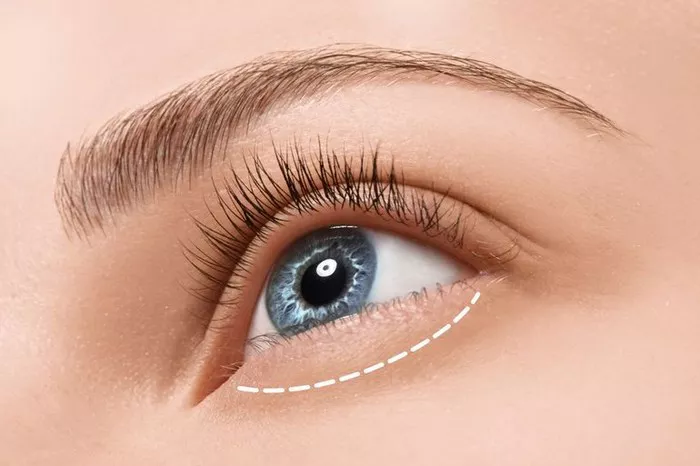Double eyelids, also known as “double eyelid creases” or “supratarsal creases,” are a common anatomical feature that can significantly influence the appearance of the eyes. While many individuals naturally possess double eyelids, others do not, and some may even undergo cosmetic procedures to create this fold. In this comprehensive guide, we explore the factors that determine whether someone has double eyelids and delve into the various causes behind this unique facial characteristic.
Understanding the Anatomy
Before diving into the causes of double eyelids, it’s essential to grasp the basics of eyelid anatomy. The upper eyelid is composed of several layers, including skin, muscle, connective tissue, and fat. It is the structure and arrangement of these components that ultimately determine whether an individual has single or double eyelids.
The Presence or Absence of Double Eyelids
Single Eyelids: Individuals with single eyelids, also known as “monolids” or “epicanthic folds,” lack a visible crease or fold on their upper eyelids. The skin smoothly covers the eyelid, creating a seamless appearance from the eyebrow to the lash line.
Double Eyelids: Those with double eyelids have a visible crease or fold on their upper eyelids, which creates a distinct separation between the eyelid and the brow bone.
Now, let’s explore the various factors that contribute to the presence or absence of double eyelids:
Genetics
One of the most significant factors in determining whether someone has double eyelids is genetics. The presence or absence of double eyelids can be inherited from one’s parents. In families where multiple members have double eyelids, it’s more likely that offspring will also inherit this characteristic.
Ethnicity
Double eyelids are more prevalent in certain ethnic groups than in others. For example, double eyelids are common among individuals of East Asian descent, such as Koreans, Japanese, and Chinese. However, they are less common in other populations, like individuals of African or Indigenous American ancestry.
Age
Age can play a role in the development of double eyelids. Some individuals may develop double eyelids as they age due to changes in the eyelid’s anatomy and the redistribution of fat and tissue.
Environmental Factors
Environmental factors, such as sun exposure and lifestyle choices, can influence eyelid appearance. Sun damage and skin aging can impact the elasticity and texture of the skin, potentially affecting the presence of double eyelids.
Surgical Procedures
Some individuals opt for surgical procedures like double eyelid surgery or Asian blepharoplasty to create double eyelids artificially. This involves making an incision to create a crease or fold in the upper eyelid where it doesn’t naturally exist.
Tape or Glue
Temporary methods like eyelid tape or adhesive products can be used to create the appearance of double eyelids. These methods are non-invasive and offer a reversible solution for those who want to experiment with their eyelid appearance.
Weight Changes
Significant weight changes, including weight loss or gain, can affect the appearance of the eyelids. The redistribution of fat can create or diminish the appearance of double eyelids.
Conclusion
Double eyelids are a unique and distinct facial characteristic that can be influenced by a combination of genetic, ethnic, age-related, environmental, and lifestyle factors. While genetics play a significant role, the presence or absence of double eyelids can evolve over time and even be temporarily altered through non-invasive methods or permanently modified through surgical procedures. Ultimately, the choice to embrace or change one’s eyelid appearance is a personal decision, and the most important aspect is feeling comfortable and confident in one’s own skin.


